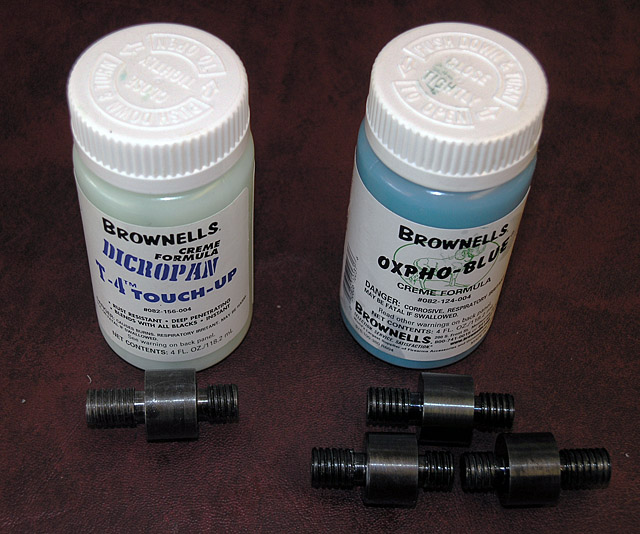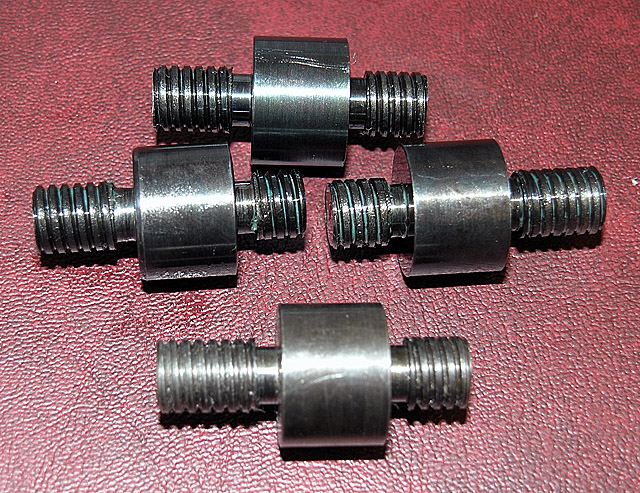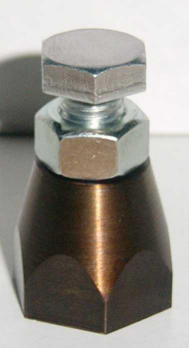- Joined
- Feb 25, 2008
- Messages
- 464
- Reaction score
- 5
Im black oxiding a couple of parts for engine No. 3 and thought Id pass on my method. This is a cold process and is very benign, particularly as compared to the industrial hot line black metal oxide process. Of course its not as durable or attractive either, but perfectly acceptable for my purposes.
Im using Birchwood Caseys (www.birchwoodcasey.com) Presto Black PC-9. I got mine from Industrial Metal Supply, a SoCal metal supplier, but it can be ordered directly from Birchwood Casey or one of their dealers.
Heres what you need to get started.
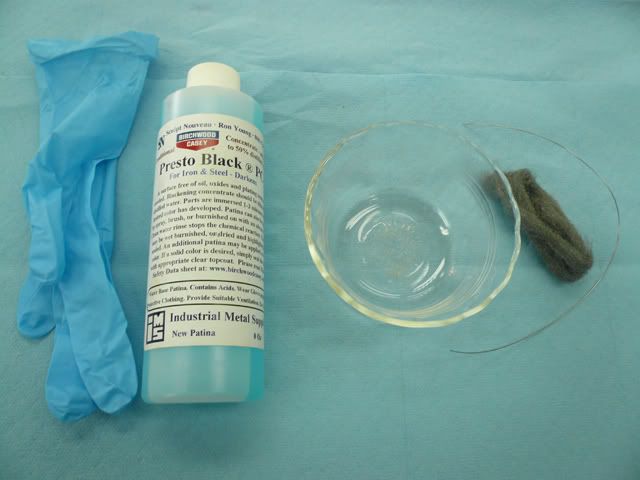
Mixed solution. The product as supplied is diluted one-to-one with water. You just need enough to cover the part.
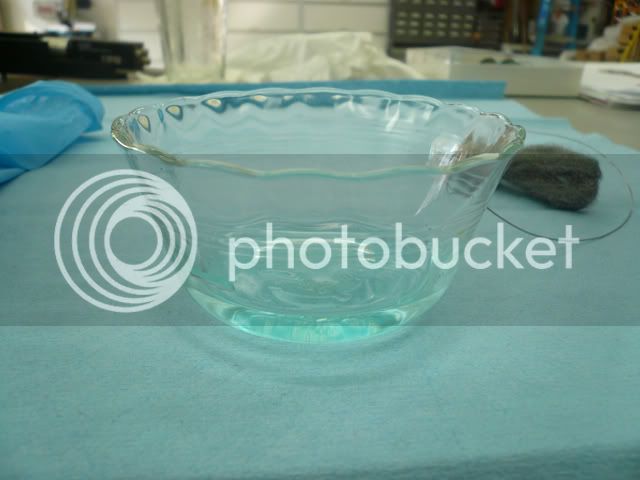
Part has to be clean. Use a good detergent and dont touch the parts once youve cleaned them.
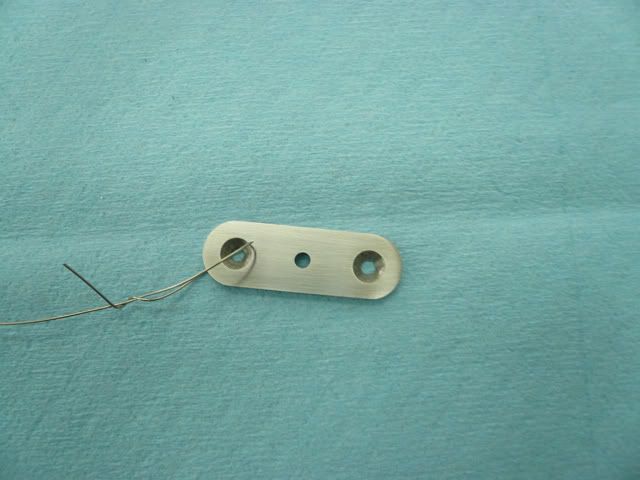
The part turns black as soon as it hits the solution. The manufacturer says to leave it for 1-3 minutes. I leave it for three. Time in solution doesnt seem to be critical.
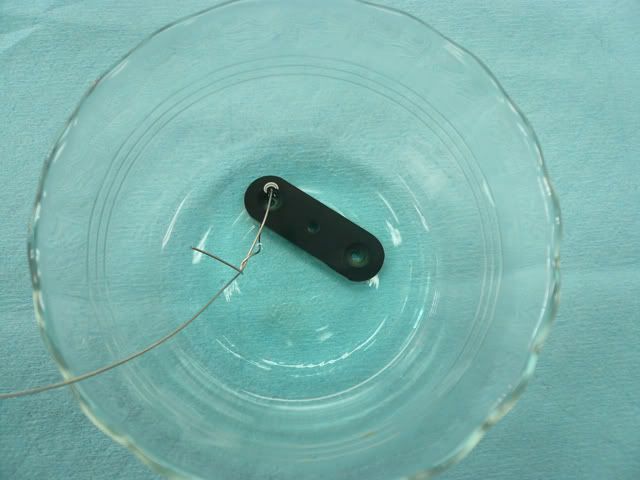
Once its pulled from the solution, rinse it with water to stop the reaction and let it dry. The part will have areas that look smutty and uneven not to worry.
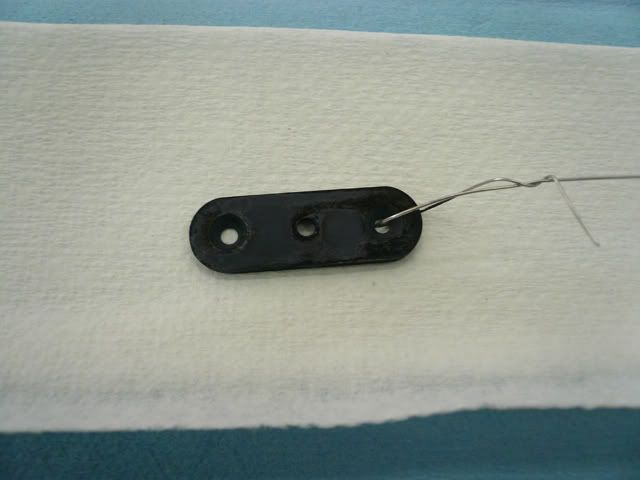
Burnish with 0000 steel wool. This will knock down the smutty areas and even the finish. The more you rub, the more oxide that comes off. I wasnt looking for a dark color, so I rubbed quite a bit. If you want darker, just run it through the process again.
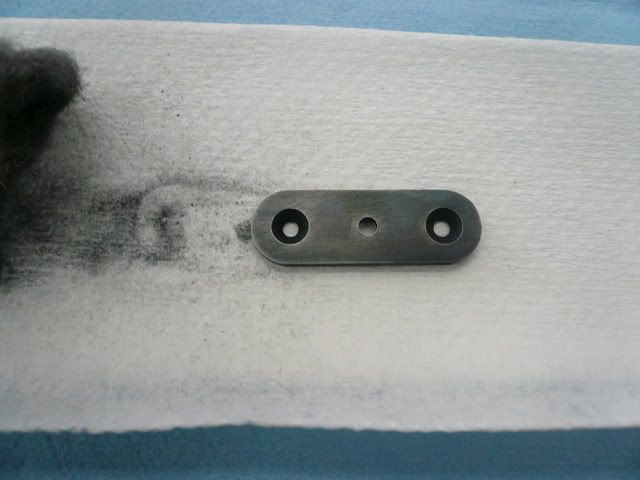
After steel wool, coat with a light machine oil and wipe down. This part is oiled, but if you want a glossier look, use wax instead of oil. I like black Kiwi Shoe Polish.
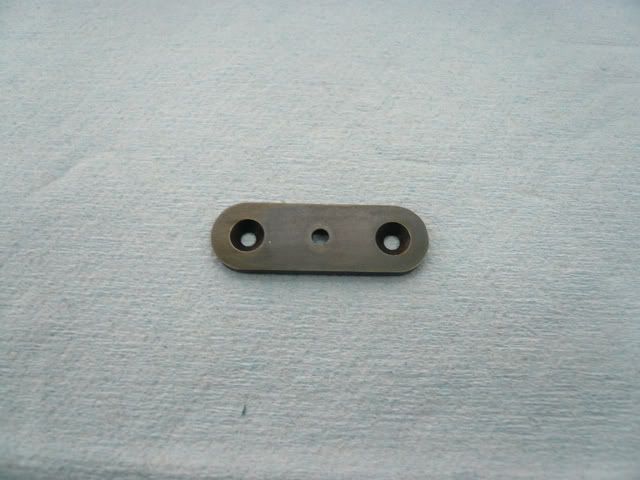
Heres a part thats had two runs through the process. The more times you run it through, the darker it gets.
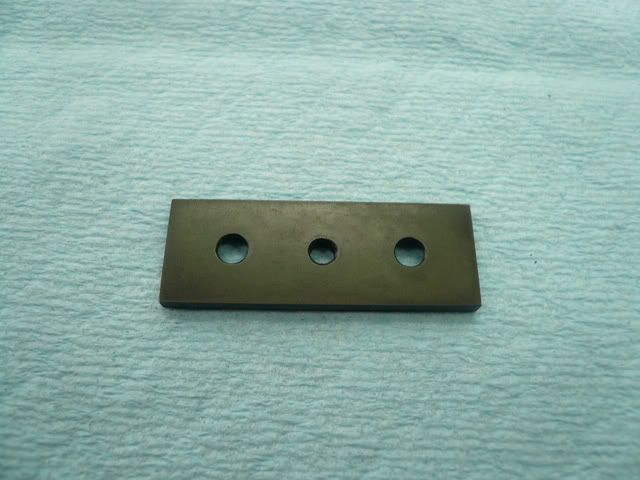
Regards,
Dennis
Im using Birchwood Caseys (www.birchwoodcasey.com) Presto Black PC-9. I got mine from Industrial Metal Supply, a SoCal metal supplier, but it can be ordered directly from Birchwood Casey or one of their dealers.
Heres what you need to get started.

Mixed solution. The product as supplied is diluted one-to-one with water. You just need enough to cover the part.

Part has to be clean. Use a good detergent and dont touch the parts once youve cleaned them.

The part turns black as soon as it hits the solution. The manufacturer says to leave it for 1-3 minutes. I leave it for three. Time in solution doesnt seem to be critical.

Once its pulled from the solution, rinse it with water to stop the reaction and let it dry. The part will have areas that look smutty and uneven not to worry.

Burnish with 0000 steel wool. This will knock down the smutty areas and even the finish. The more you rub, the more oxide that comes off. I wasnt looking for a dark color, so I rubbed quite a bit. If you want darker, just run it through the process again.

After steel wool, coat with a light machine oil and wipe down. This part is oiled, but if you want a glossier look, use wax instead of oil. I like black Kiwi Shoe Polish.

Heres a part thats had two runs through the process. The more times you run it through, the darker it gets.

Regards,
Dennis






